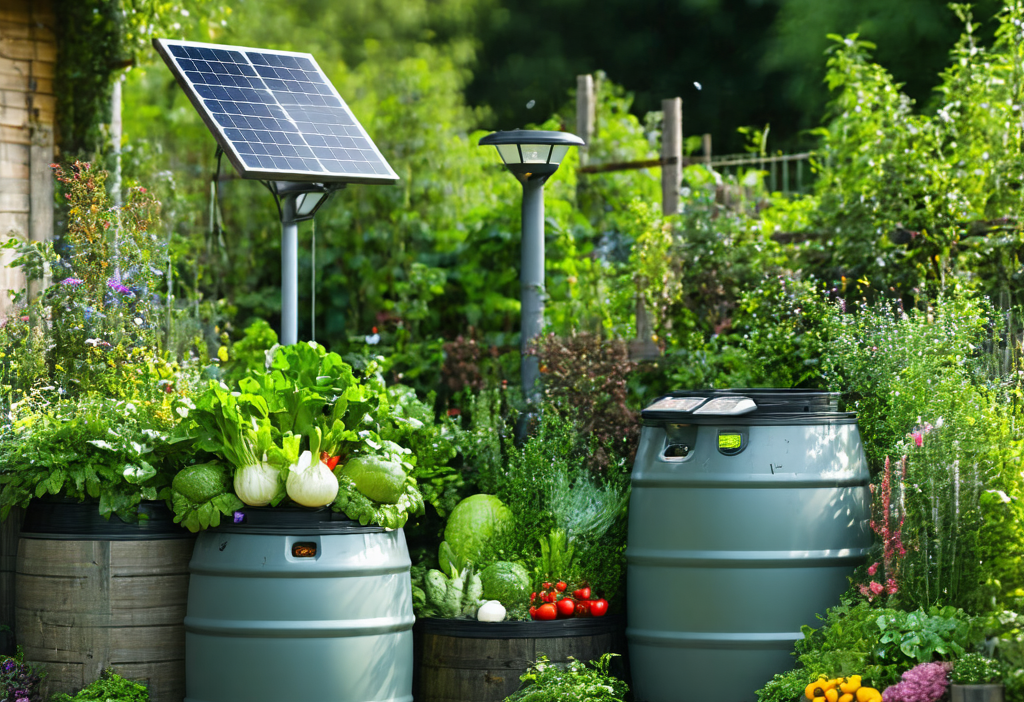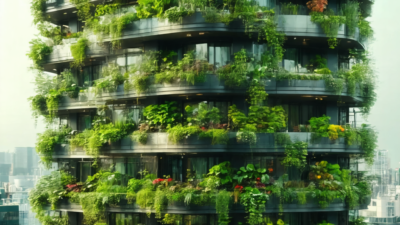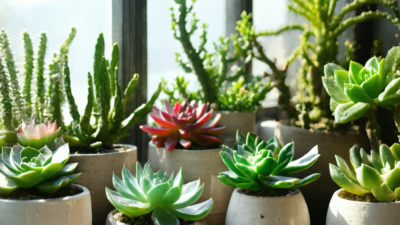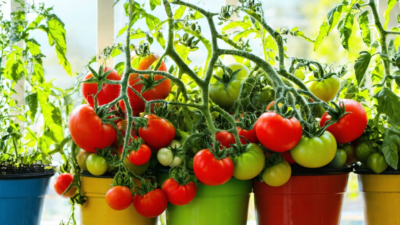Creating a Sustainable Garden: A Path to Eco-Friendly Living
Gardening is more than just a hobby; it’s a way to connect with nature and contribute to the environment. If you’re looking to create a sustainable garden, you’re making a choice that benefits both you and the planet. This guide will walk you through everything you need to know to start your own eco-friendly garden.
Understanding Sustainable Gardening
Sustainable gardening focuses on creating ecosystems that work in harmony with nature. By using natural resources efficiently, reducing waste, and fostering biodiversity, you can create a garden that’s both productive and environmentally friendly. Whether you’re growing vegetables, flowers, or simply beautifying your outdoor space, sustainable practices will help you achieve your goals while minimizing your environmental impact.
Planning Your Sustainable Garden
Before diving into planting, take some time to plan your garden. Consider the following:
- Site Selection: Choose a spot that gets plenty of sunlight and has good drainage.
- Soil Health: Test your soil to determine its pH and nutrient levels. Amend it with organic matter like compost or well-rotted manure.
- Water Conservation: Plan for efficient watering methods such as drip irrigation or rainwater harvesting systems.
- Native Plants: Opt for plants that are native to your region as they’re better adapted to local conditions and require less maintenance.
Selecting the Right Plants
Choosing the right plants is crucial for a successful sustainable garden. Look for varieties that:
- Require Less Water: Drought-resistant plants can thrive in dry conditions and reduce your water usage.
- Promote Pollinators: Include flowers like lavender, sunflowers, and marigolds that attract bees and butterflies.
- Provide Food: Grow fruits, vegetables, and herbs that are not only nutritious but also reduce your carbon footprint by cutting down on food transportation.
Water Conservation Techniques
Water is a precious resource, and sustainable gardening emphasizes its efficient use. Here are some water-saving tips:
- Rainwater Harvesting: Install rain barrels to collect rainwater for irrigation.
- Drip Irrigation: Use drip systems to deliver water directly to plant roots, reducing evaporation.
- Mulching: Apply mulch around plants to retain soil moisture and suppress weeds.
Improving Soil Health
Healthy soil is the foundation of a thriving garden. Here’s how to maintain it:
- Add Organic Matter: Incorporate compost, leaves, and grass clippings into your soil.
- Avoid Chemicals: Steer clear of synthetic fertilizers and pesticides that can harm beneficial organisms and contaminate water sources.
- Practice Crop Rotation: Rotate crops to prevent soil depletion and reduce the risk of pests and diseases.
Natural Pest Control
Pests are a common challenge in gardening, but sustainable practices can help you manage them without harmful chemicals. Consider these strategies:
- Encourage Beneficial Insects: Plants like dill, fennel, and parsley attract ladybugs and lacewings that prey on pests.
- Use Companion Planting: Grow plants together that have mutually beneficial relationships. For example, planting marigolds alongside vegetables can deter nematodes.
- Manual Removal: Regularly inspect your plants and remove pests by hand when possible.
Companion Planting: Maximizing Space and Health
Companion planting is a sustainable gardening technique that involves growing different plants together for mutual benefits. For example:
- Tomatillos and Basil: Basil repels pests that attack tomatoes while enhancing their flavor.
- Corn, Beans, and Squash: The Three Sisters method ensures each plant supports the others’ growth.
Monitoring and Maintenance
A sustainable garden requires regular monitoring to ensure everything is growing as it should. Keep an eye out for:
- Pest Infestations: Early detection can prevent minor issues from becoming major problems.
- Disease Outbreaks: Remove infected plants promptly to prevent the spread of disease.
- Soil Health: Regularly test your soil and make necessary amendments.
Extending the Growing Season
To maximize your garden’s productivity, consider using season extenders like cold frames, row covers, or greenhouses. These tools allow you to grow vegetables earlier in spring and later into fall, reducing waste and providing fresh produce year-round.
Harvesting and Preservation
When it’s time to harvest, make sure to do so at the peak of ripeness for maximum flavor and nutrition. Preserve your bounty through methods like canning, freezing, or drying to enjoy your garden’s fruits long after the growing season ends.
Conclusion
Creating a sustainable garden is an enriching experience that offers numerous benefits for both you and the environment. By following these tips, you’ll be well on your way to establishing a thriving, eco-friendly space that supports biodiversity and reduces waste. Happy gardening!





